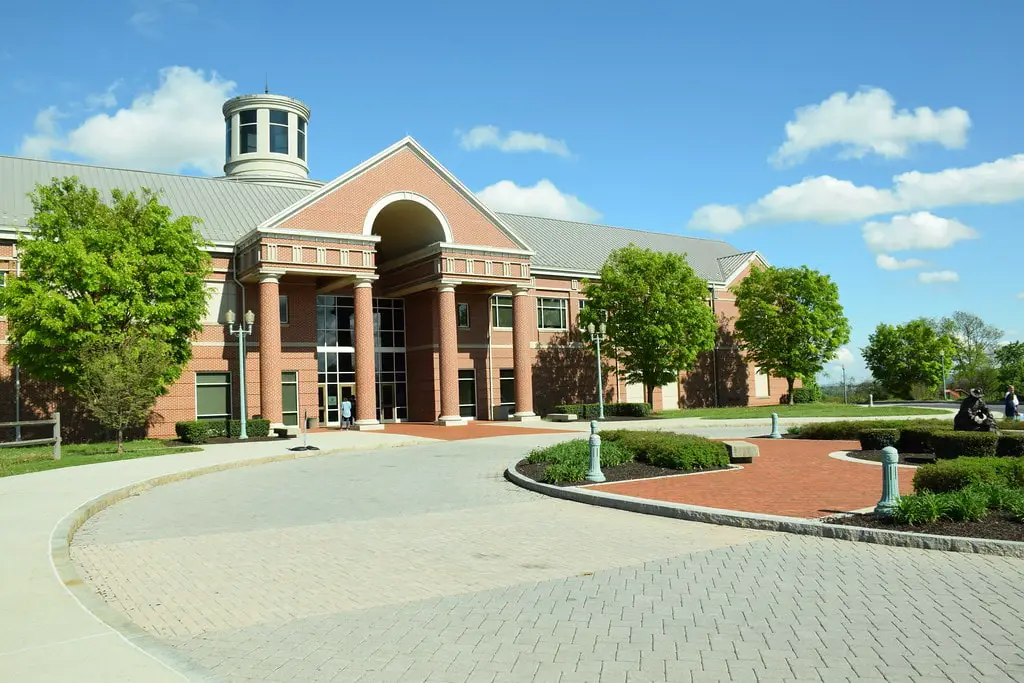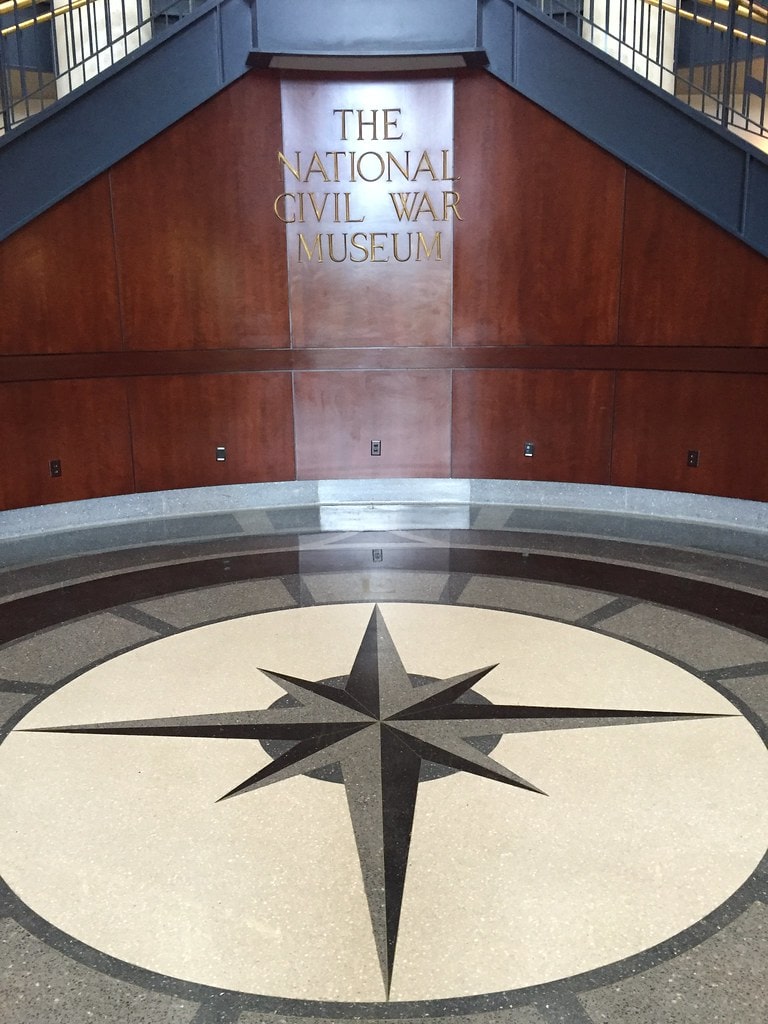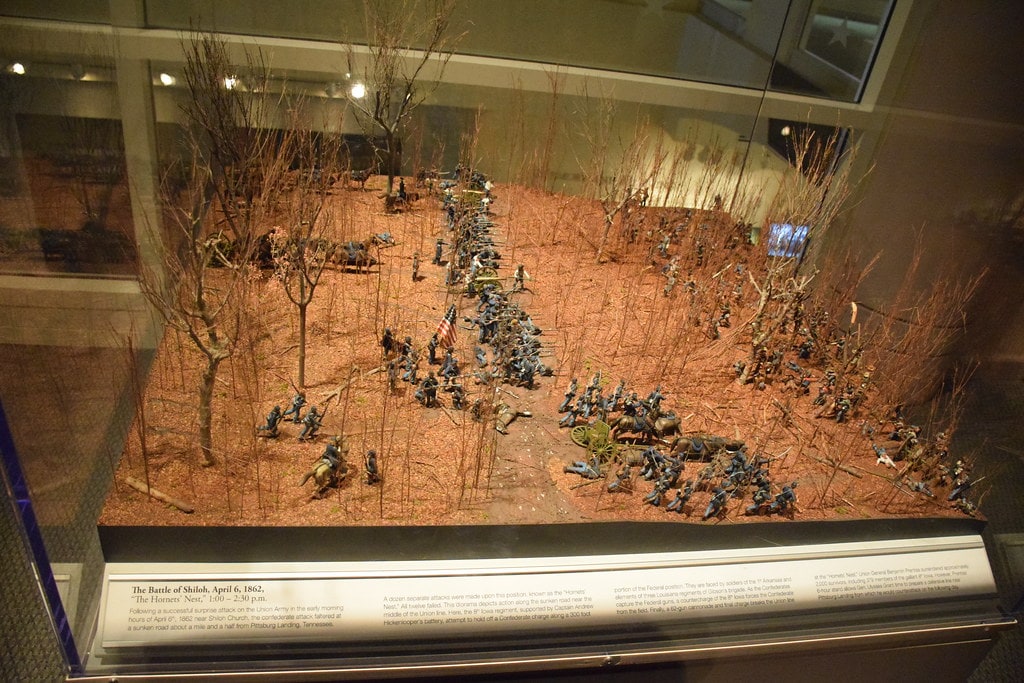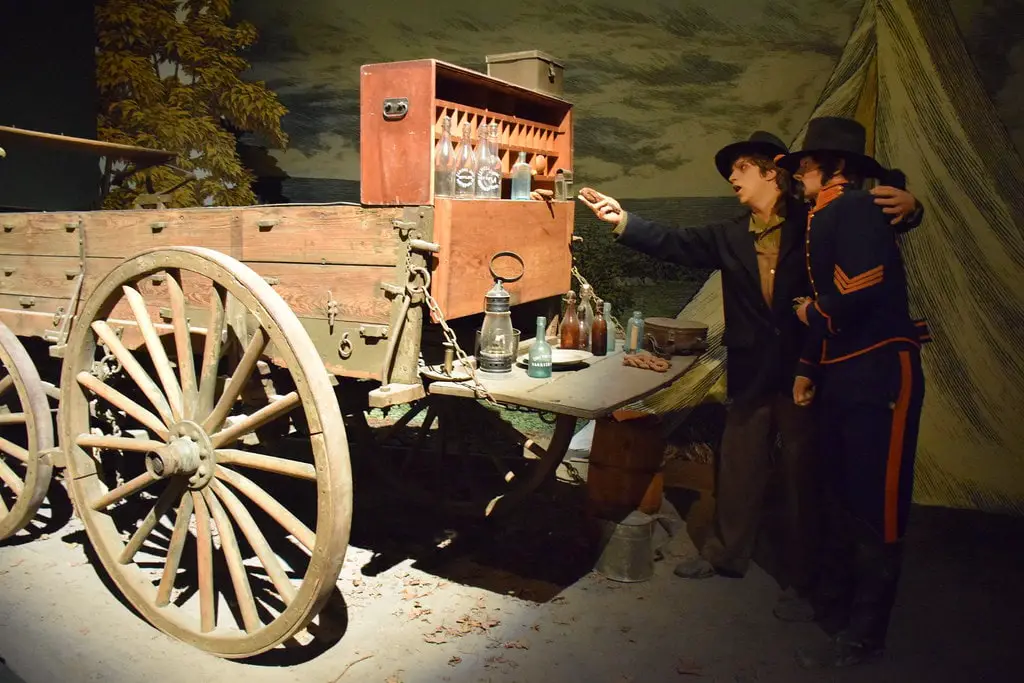The Birth of the National Civil War Museum
In 2001, Harrisburg, Pennsylvania, marked its place on the map with a significant new addition: The National Civil War Museum. This wasn't just another museum. It was a project fueled by passion, history, and a hefty $32 million investment.
The driving force behind this monumental effort was Stephen R. Reed, the city's mayor at the time. His vision? To create a space that encapsulated the full spectrum of the American Civil War experience.
The museum set up shop in Reservoir Park, a choice that was no accident. This location, perched in the Allison Hill neighborhood, offers more than just a panoramic view of the Pennsylvania Capitol.
It stands as a symbolic bridge between the past and the present, a place where history's echoes are felt most profoundly.
The museum's opening was a landmark event for Harrisburg and Civil War enthusiasts nationwide. It promised a new kind of historical engagement, one that didn't shy away from the era's complexities. The museum's mission was clear from the start: to tell the whole story, unvarnished and unfiltered.
As a writer interested in the tapestry of American history, I find the museum's approach both refreshing and necessary.
It's not just about battles and generals but about understanding the myriad human experiences that shaped this tumultuous period.
For anyone looking for things to do in Harrisburg, PA, the National Civil War Museum offers a deep dive into one of the most defining periods of American history.
It's a place where the past is remembered and interrogated, a site of reflection and learning. The museum's founding story is a testament to the enduring fascination and importance of the Civil War in the American consciousness.
A Unique Collection: Artifacts and Narratives
I always believe that a museum's soul lies in its collection. The National Civil War Museum stands out with its treasure trove of over 24,000 artifacts.
Imagine holding history in your hands, from soldiers' personal effects to the weapons they wielded. Each item tells a story, a personal narrative set against the backdrop of a nation divided.
Take, for instance, the portable writing kit of Winfield Scott or the 1852 Sharps carbine. These aren't just relics; they're silent witnesses to history.
They bring to life the stories of those who lived through the Civil War, offering a tangible connection to the past. This personal touch makes the museum's collection so compelling.
The museum doesn't stop at artifacts. It also houses an extensive array of photographs, documents, and manuscripts. These pieces provide context, helping visitors understand the personal experiences behind the historical events.
It's one thing to read about the Civil War in books; it's another to see the handwriting of those who lived it. This blend of personal and historical artifacts makes the museum's narrative both rich and relatable.

Educational Outreach and Exhibitions
Education is at the heart of the National Civil War Museum's mission. It's not just about displaying artifacts; it's about telling stories that resonate.
The museum's educational programs are a testament to this commitment. They offer a window into the past that is both enlightening and engaging.
Field trips here are not your typical school outings. They are immersive experiences that transport students back in time.
Through interactive exhibits and hands-on activities, young visitors get a sense of what life was like during the Civil War.
This educational approach goes beyond textbooks, sparking curiosity and encouraging deeper exploration.
The museum's special exhibitions, like "Pursuit of Freedom" and "The Overland Campaign of 1864," offer fresh perspectives on well-trodden historical ground.
These exhibitions delve into specific aspects of the Civil War, providing informative and thought-provoking insights.
They're not just about recounting events; they're about understanding the human stories behind them. This storytelling focus makes each museum visit a unique learning experience.
The Museum's Architectural and Memorial Significance
I find that architecture speaks volumes about a place's purpose and spirit. The National Civil War Museum, set against the backdrop of Reservoir Park, is no exception.
Its design and location contribute significantly to its mission of reflection and education. The museum, housed in a two-story brick building, stands as a solemn reminder of the past while inviting visitors to delve into history.

The surrounding "Walk of Valor" is particularly moving. This pathway, lined with red bricks inscribed with the names of Civil War veterans, weaves through the museum grounds.
It serves as a poignant tribute to those who fought, adding a personal dimension to the museum's narrative. Walking this path, one can't help but feel a deep connection to the past.
Moreover, the museum's placement in Harrisburg's Allison Hill neighborhood is symbolic. It's a bridge between the city's vibrant present and its historical past.
Through its architecture and memorials, the museum offers a space for contemplation and understanding. It stands as a testament to the enduring impact of the Civil War on American society.
Engaging with the Public: Events and Programs
The National Civil War Museum excels at bringing history to life through its exhibits and dynamic public programs.
"A Civil Conversation" and "Lessons in History" are prime examples. These events, often featuring renowned historians and experts, provide fascinating insights into the Civil War era. They encourage dialogue and deepen understanding, making history relevant to today's audiences.
I appreciate the museum's commitment to public engagement. Hosting events like these fosters a community of learners and enthusiasts.
The discussions that emerge from these programs are not just educational; they're transformative. They allow participants to see the Civil War from multiple perspectives, promoting a deeper, more nuanced understanding of history.
The museum's approach to public engagement is innovative and inclusive. It recognizes that history is not just about the past; it's about how we interpret it in the present.
Through its events and programs, the museum invites everyone to be part of the conversation. This open, interactive approach makes the National Civil War Museum a vital center for historical exploration and dialogue.

The Role of Technology and Media in Education
In my view, the way a museum integrates technology can make or break the visitor experience. The National Civil War Museum gets it right.
They harness technology and media to make the Civil War era accessible and engaging for all ages. Interactive exhibits and online resources stand out as modern gateways to historical exploration.
For example, the museum's use of digital media transforms traditional narratives into immersive experiences.
Visitors can delve into detailed battle maps or listen to the personal stories of soldiers and civilians, all with the touch of a finger.
This digital engagement doesn't just inform; it captivates, making history resonate with a 21st-century audience.
Moreover, the museum's online presence extends its educational reach far beyond its physical walls. Virtual tours, webinars, and a rich array of online resources allow people from around the globe to explore the Civil War era.
This commitment to digital education ensures that the museum's treasures are accessible to all, breaking down geographical and physical barriers.
National Civil War Museum's Future and Legacy
Looking ahead, I see the National Civil War Museum as a beacon of historical preservation and education. Its ongoing efforts to expand its collection and develop new educational programs are commendable. The museum is not just a custodian of the past; it's a dynamic institution that evolves with the times.
Future projects, such as new exhibitions and community outreach initiatives, promise to enhance the museum's impact.

These endeavors will ensure that the museum remains relevant and continues to offer valuable insights into the Civil War era. It's this forward-thinking approach that will cement the museum's legacy for generations to come.
The museum's role in preserving Civil War history is crucial. By fostering a deeper understanding of this pivotal period, it contributes to our collective memory and identity.
The National Civil War Museum stands as a testament to the power of education and the importance of remembering our past. Its future, I believe, is as promising as the stories it holds.
